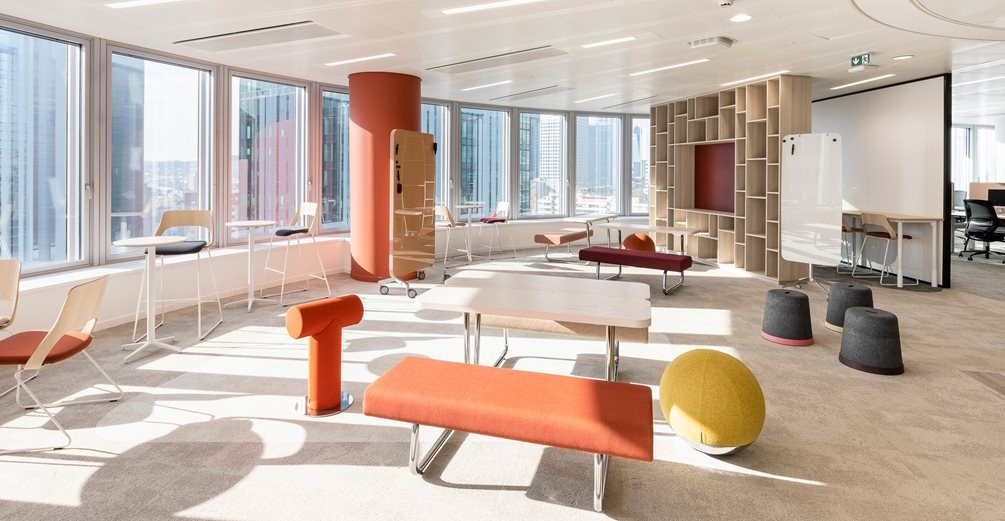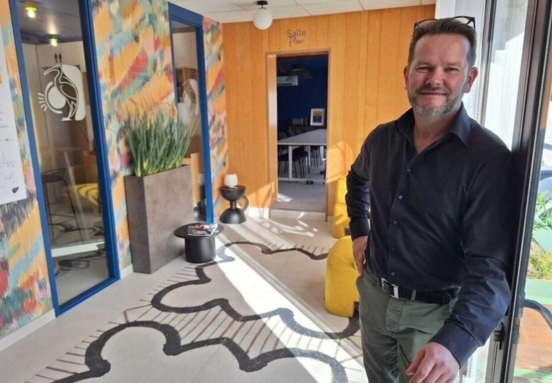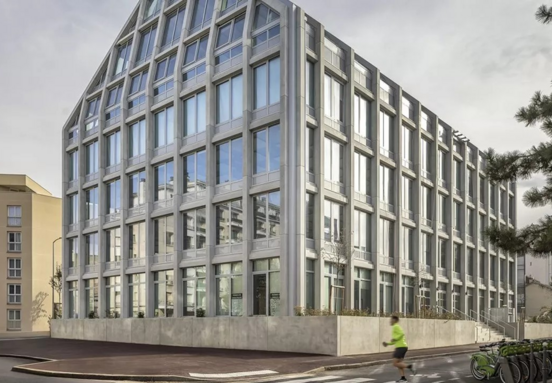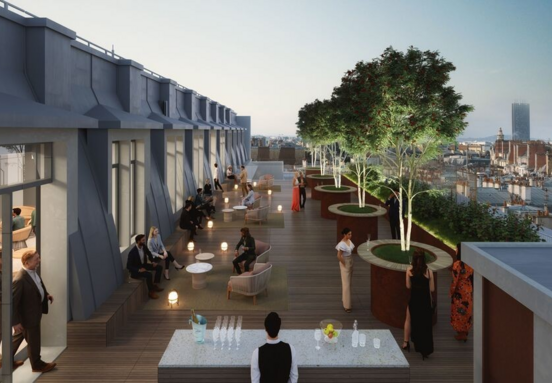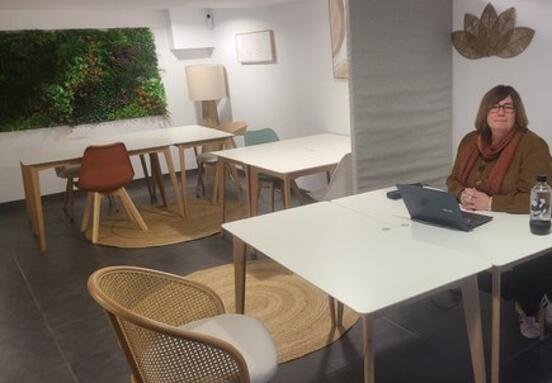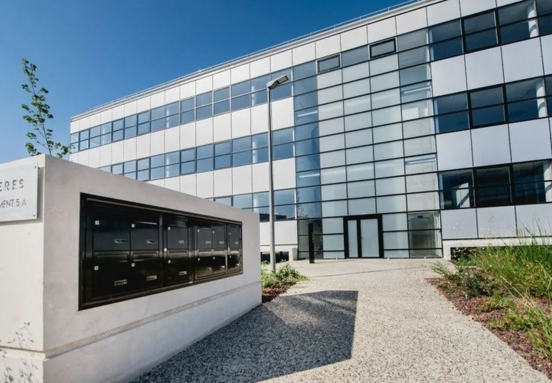The evolving commercial real estate landscape
The commercial real estate market is undergoing a profound transformation, driven by new work models and heightened employee expectations.
The rise of remote and flexible work arrangements has significantly altered the demand for office space, with companies now prioritizing layouts that foster collaboration and adaptability.
While premium rents remain stable in major metropolitan areas, secondary office spaces are experiencing downward pressure. Strategic locations, especially those with excellent public transport links, continue to be highly sought after. However, some peripheral areas are gaining appeal due to their more competitive costs. This period presents an ideal opportunity to review and potentially renegotiate your lease or explore options better suited to your actual needs.
Embracing flexibility with flex office solutions
The "Flex Office" model, featuring unassigned desks, is no longer exclusive to startups. Small and medium-sized enterprises (SMEs) and large corporations are now adopting it to enhance agility and efficiency. Solutions such as coworking spaces, third places, and satellite offices offer unparalleled flexibility.
Optimizing existing floor plans by reducing fixed workstations allows businesses to free up valuable space, which can then be dedicated to collaborative zones and employee well-being initiatives. This approach helps create a dynamic and adaptable work environment.
Designing for well-being and productivity
Modern office designs are increasingly centered around employee well-being and productivity, transforming workspaces into vibrant living areas that genuinely reflect a company’s culture. These thoughtfully designed environments play a crucial role in attracting and retaining top talent.
Key design elements now include diverse collaborative spaces, such as reimagined open-plan areas, creative rooms, and dedicated brainstorming zones. Additionally, spaces for deep concentration, like phone booths, acoustic pods, and silent areas, are essential. The integration of well-being features such as abundant natural light, biophilic design with indoor plants, ergonomic furniture, and dedicated relaxation zones further enhances the employee experience.
Sustainability as a strategic imperative
Sustainability and environmental certifications (like HQE, BREEAM, and LEED) have become critical strategic criteria in commercial real estate. These certifications significantly influence the rental and asset value of buildings, reduce operating costs through energy-efficient designs, and bolster a company's brand image.
Investors are increasingly prioritizing "green" assets, while tenant companies view adherence to these standards as a powerful argument for recruitment and retention, aligning with corporate social responsibility (CSR) goals.
Your 2025 real estate strategy checklist
The upcoming period offers a perfect opportunity to conduct a thorough assessment of your actual space requirements, identify more sustainable and flexible real estate solutions, and leverage these emerging trends to strengthen your employer brand.
5 Questions before renewing your lease:
Are my premises optimized for hybrid work models and collaboration?
Is my current lease competitive compared to the prevailing market rates?
Am I compliant with the latest environmental standards and CSR expectations?
Do my current office spaces truly reflect my company's culture and values?
Have I accurately anticipated my business's real estate needs for the next 3-5 years?
Seize the opportunity
Companies that proactively anticipate and adapt to these changes will be best positioned to thrive in a rapidly reinventing market. The offices of 2025 will be more agile, responsible, and connected – transforming your workspace into a powerful strategic asset for your business.
Source: enterprise-immo-oise.fr
